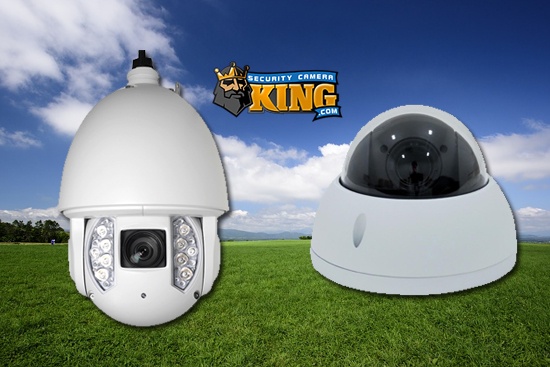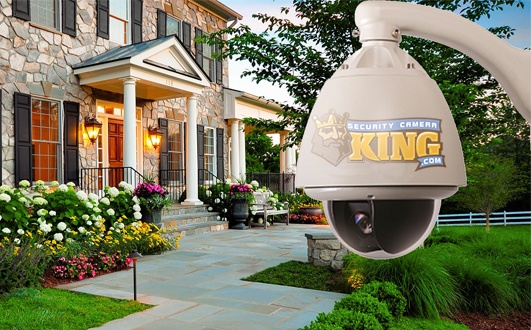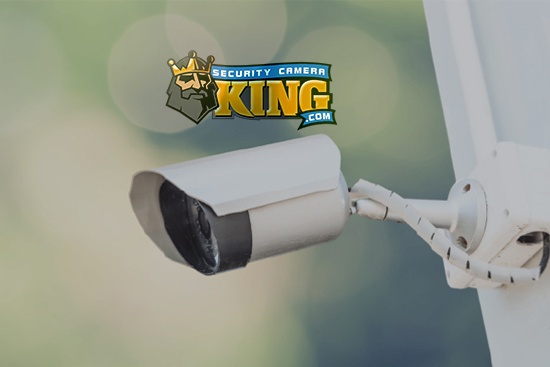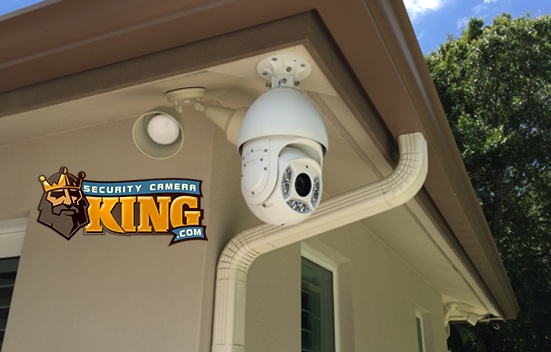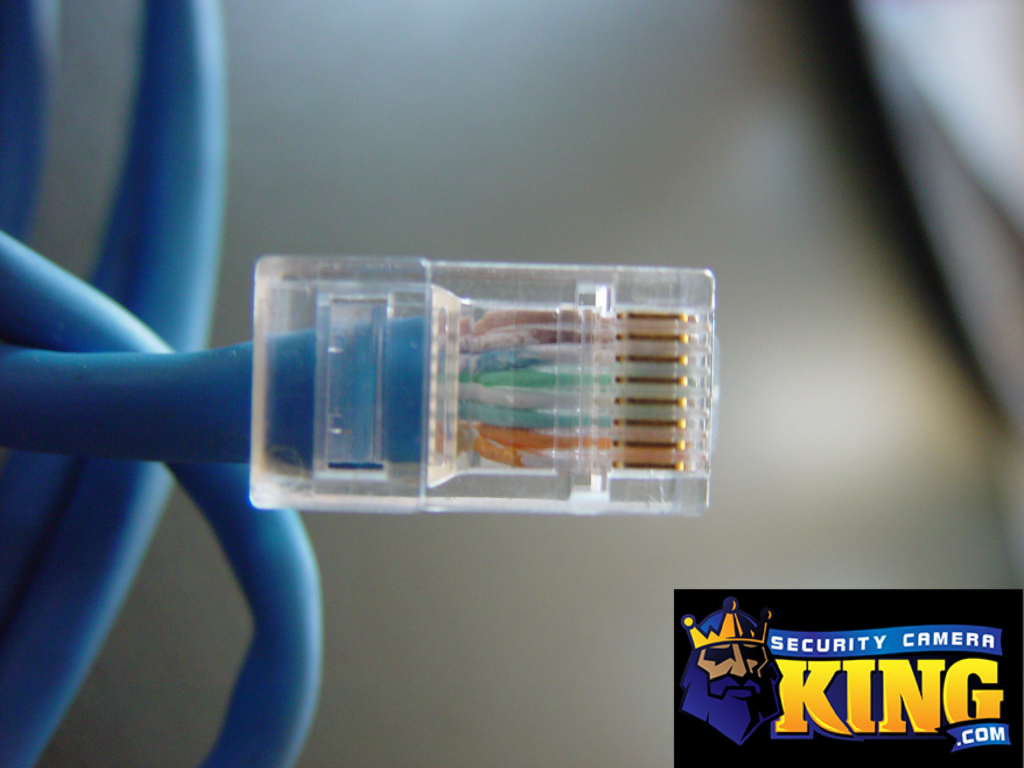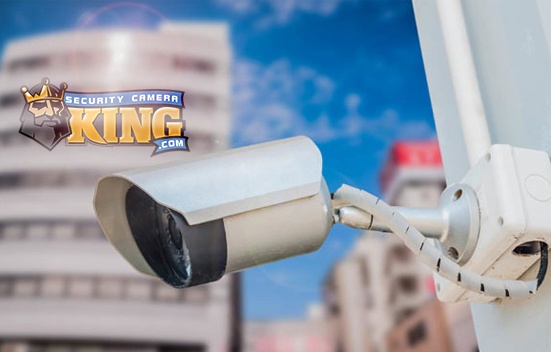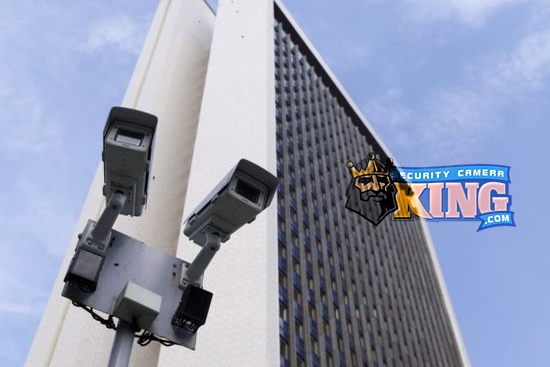IVS and AI Power
IVS and AI work together in our Elite series hardware to bring your recording system the power to identify and record significant events like intrusion. Intelligent Video Surveillance is a group of features that includes Tripwire and Intrusion Box detection. When searching for security systems and cameras, you may come across a plethora of options listed in their feature sets, such as IR, IR length, MD, or POE. These acronyms can be overwhelming for those who are new to CCTV technologies and features. To help clear things up, we will be discussing these features today as well as AI
AI is known as artificial intelligence. It is a general term that describes an umbrella of software categories designed around systems that can be to some degree self function. AI helps other forms of software pteroma better and with less consistent input from users. In the case of IVS and AI, they work together to improve the function of IVS by eliminating issues that regular IVs alone might not have been able to avoid.
To begin with, it’s important to understand that IVS stands for Intelligent Video Surveillance. IVS is a collection of features and choices that can be present in various parent features, depending on the quality tier and age of the recorder you are using. The available options of IVS can also be influenced by the type of cameras that are being used in conjunction with the recorder. However, simply breaking down the acronym IVS does not provide a complete understanding of what IVS actually is.
The name IVS comes from its function as a set of intelligent triggers designed to signal the operator or user of a CCTV system based on specific conditions. These conditions are customized by the user, who creates various IVS rules to address different situations. The flexibility of IVS allows for a wide range of rules to be used in different circumstances, all with the ultimate goal of providing accurate alerts while minimizing false alarms, which sets it apart from other methods like standard motion detection.
The integration of IVS into the Elite Series recorders’ Artificial Intelligence suite takes the alert system to the next level. The AI-powered algorithms work to reduce false alerts by focusing on people and/or vehicles that can trigger the IVs rule. Furthermore, AI search is utilized to quickly and accurately locate the exact moments when these AI IVs rules were activated, resulting in more efficient footage playback and locating.
After discussing the fundamentals of “what is IVS,” it’s crucial to understand the different types of features or trigger rules that can be established. A wide range of options is available, but some require specific camera types to take advantage of them. Any camera connected to an NVR capable of IVS can typically manage basic rules like non-AI based tripwire and intrusion boxes. By drawing lines onto a camera’s field of view with tripwire, you can instruct the recorder to respond if someone or something crosses the tripwire from one direction, the opposite direction, or either direction. The concept of intrusion box is similar, but instead of lines, a box is created. With this box, you can similarly set the recorder to react based on crossing from one direction, the opposite direction, or either direction.
Tripwire and Intrusion are used often when applying IVs to a scene. However there are other options available such as Missing Object detection and sudden scene change alerting. These functions work in a similar way, learning the layout of the scene for both day and night in order to have a general idea of what to expect. Not only does this help the AI train to ignore for better false alerts, but if somethin in the scene suddenly changes such as a major or important object is missing or the camera is moved the user will be alerted.
In addition to IVS based AI, there are also additional AI features such as Facial Detection and Recognition. These are separate functions that work in tandem to build a capture database so you can generate back or white lists, or creating custom alerting rules based on this data. There is also ANPR, or automatic numbered plate recognition. This allows AI tyo work with line rules, similar to IVS but more a s a reference frame for capture, to record and accurate file the license plate numbers of vehicle’s who enter their view.
One of the most frequently asked for functions on a CCTV system is the capacity to automatically follow a subject using a PTZ camera, which stands for pan-tilt-zoom. It’s worth noting that this PTZ feature is linked to IVS. In reality, one of the responses that can be programmed along with activating an IVS rule is for the PTZ camera associated with that rule to commence tracking the subject that passed it for a maximum of 300 seconds.
Wee appreciate you stopping by to learn about IVS and AI, how they work together and what kinds of awesome features they add to our Elite CCTV hardware. For more info don’t hesitate to give us a call at 561-288-5258 !
Related: Resolution, and why does it matter?
Related: What are active deterrence cameras?
Find Us On: Facebook | Twitter | YouTube


